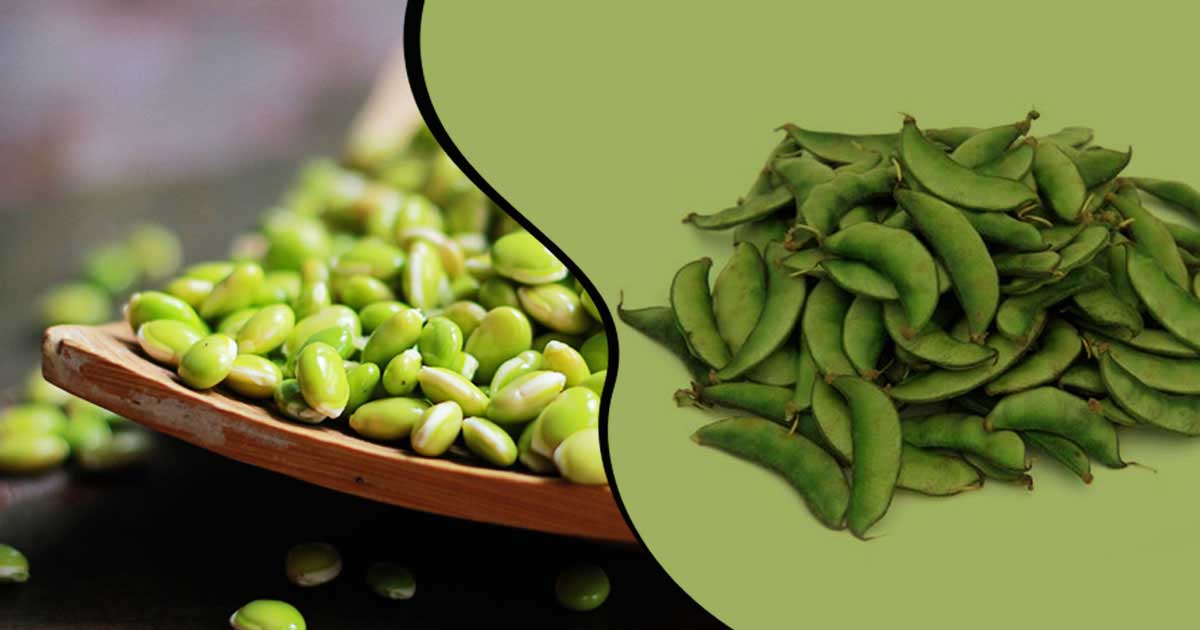FET Blogs





As winter comes, Karnataka gets enveloped by the avarekai fever - the omnipresent ingredient that makes its path into our breakfast, lunch, and dinner. The local nomenclature for Hyacinth Beans, Avarekai, or AvareKalu, would fairly depict as the aroma of Bengaluru. During November and February, it is not at all surprising to see our moms and grandmas holding a small handful of beans up to their noses, sensing through the olfactory for purchasing average. It is highly sought after based on size, aroma, and flavor and is usually harvested in December after the 15th or 20th day. Sodagu, the signature aroma of the hyacinth beans is profoundly entwined with the bliss of eating avarekai. Sogadu Avarekai is that one expression that a true Bangalorean will relate to.
The hyacinth bean is full of nutrients that enhance health and prevent disease.
Hyacinth beans (dry) are one of the finest sources of several B-complex vitamins like thiamin, pyridoxine, riboflavin, pantothenic acid, folates, and niacin. Most of these work as co-factors for the enzymes in carbohydrate, protein, and fat metabolism in the body. Hyacinth bean is very low in saturated fat, cholesterol, and sodium. These beans are gluten-free and a very good source of protein, dietary fiber, phosphorus, potassium, zinc, and copper.
Traditionally, it was used to treat diverse illnesses such as heart ailments to nose bleeds. It is the staple eating regimen of nursing mothers in Africa due to its high nutritional and functional aspects: minerals, nutrients, lipid content, and antifungal, antimicrobial, anti-inflammatory properties. This magical bean is great for gut, heart, and brain health, and cancer prevention as well.
Today Avarekai is making its way into modern restaurants, and chefs are wholeheartedly embracing the ingredient in a variety of dishes such as it is widely available in the winter months, and served with fresh salad or soups. It has a beautiful yellowish-green colour, easy to prepare and gives a subtle nutty flavour and texture. Avarekai is high in fibre and protein, which makes it very popular among the health conscious urban population and it makes addition to the menu.
Besides this salad, modern resturants use Avarekai to make falafel, as a puree with buckwheat batter crepes and in flatbreads as well as a side or accompaniment that cohesively mixes with proteins like prawn and lamb in bespoke and tasting menus. Many chefs of popular urban joints want to explore the varirty of items that can be prepared using Avarekai such as the Avarekai Biriyani that can be prepared by cooking the rice using the water in which the avarekai is boiled, which lends a subtle flavour to the dish. The halwa was also made for the element of surprise; most people do not expect avarekai to be the base of a sweet dish, and when the paste is mixed with jaggery, it takes the dish to a different level.
It is fascinating to see how Avarekai has its own tales to tell from the traditional household of southern Indian kitchen to modern eateries, whether it is breakfast, lunch and the afternoon tea snack, the aromatic avarekai will dominate the delicacies of upma, rasam, sambar, akki roti, ragi roti and bisibele bath, pongal and many more.
A1: Hyacinth beans are called "sem" or "lablab" in India.
A2: Sem provides protein, fiber, and vitamins, supporting nutrition and digestion.
A3: Hyacinth beans are used in cooking, animal feed, and soil improvement.